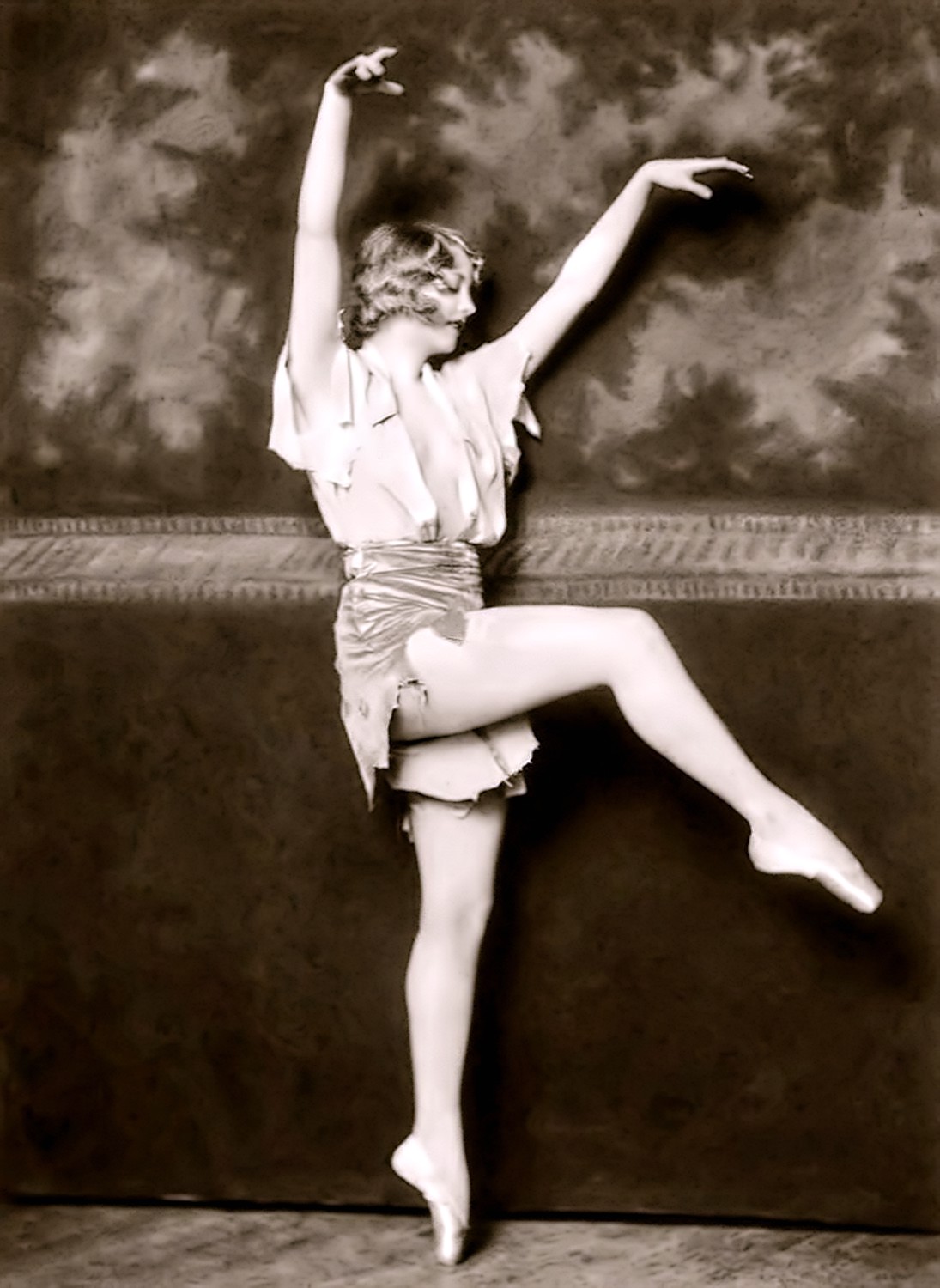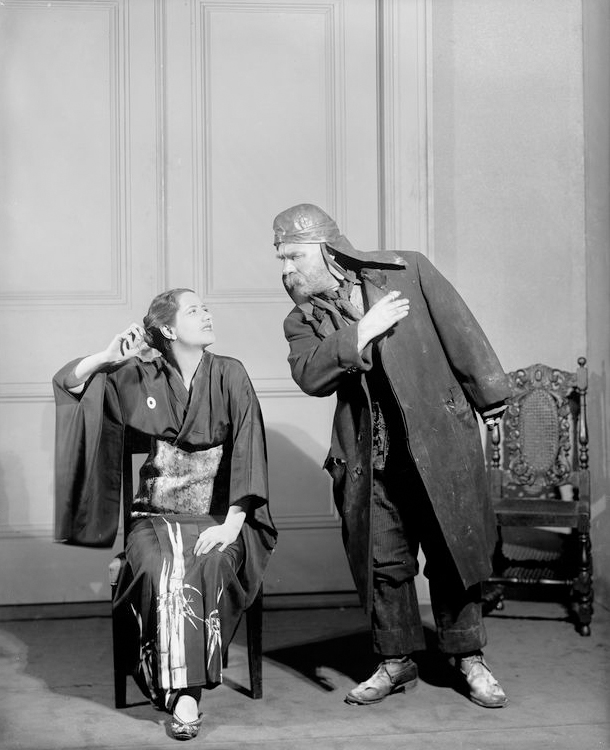|
Tivoli Theatre (Chattanooga, Tennessee)
The Tivoli Theatre, also known as the ''Tivoli'' and the "Jewel of the South",http://www.chattanooga.gov/general-services/tivoli-theatre/ Tivoli Theatre is a historic theatre in Chattanooga, Tennessee, that opened on March 19, 1921. Built between 1919 and 1921 at a cost of $750,000, designed by famed Chicago-based architectural firm Rapp and Rapp and well-known Chattanooga architect Reuben H. Hunt, and constructed by the John Parks Company (general contractors), the theatre was one of the first air-conditioned public buildings in the United States. The theatre was named ''Tivoli'' after Tivoli, Italy, has cream tiles and beige terra-cotta bricks, has a large red, black, and white marquee with 1,000 chaser lights, and has a large black neon sign that displays ''TIVOLI'' with still more chaser lights. Specifications The building seats 1,012 in the orchestra, 48 in upper boxes, 78 in the loge, 312 in the upper balcony, 312 in the lower balcony, and 104 in removable orchestra pit sea ... [...More Info...] [...Related Items...] OR: [Wikipedia] [Google] [Baidu] |
Chattanooga, Tennessee
Chattanooga ( ) is a city in and the county seat of Hamilton County, Tennessee, United States. Located along the Tennessee River bordering Georgia, it also extends into Marion County on its western end. With a population of 181,099 in 2020, it is Tennessee's fourth-largest city and one of the two principal cities of East Tennessee, along with Knoxville. It anchors the Chattanooga metropolitan area, Tennessee's fourth-largest metropolitan statistical area, as well as a larger three-state area that includes Southeast Tennessee, Northwest Georgia, and Northeast Alabama. Chattanooga was a crucial city during the American Civil War, due to the multiple railroads that converge there. After the war, the railroads allowed for the city to grow into one of the Southeastern United States' largest heavy industrial hubs. Today, major industry that drives the economy includes automotive, advanced manufacturing, food and beverage production, healthcare, insurance, tourism, and back office ... [...More Info...] [...Related Items...] OR: [Wikipedia] [Google] [Baidu] |
Lyndhurst Foundation
The Lyndhurst Foundation is a Chattanooga, Tennessee-based grant-making foundation organized in 1938 by Coca-Cola Bottling Company magnate Cartter Lupton. The Lyndhurst Foundation was the first private foundation in Tennessee, and it focuses on the enrichment and enhancement of the social, natural, and built environment in Chattanooga, Tennessee, and the surrounding southeastern region. History The Lyndhurst Foundation began in 1938 as the Memorial Welfare Foundation with Cartter Lupton as its president. Cartter Lupton established the Memorial Welfare Foundation to carry out his charitable endeavors. The Lyndhurst endowment originates from Lupton family's success in building the Coca-Cola Bottling Company with other Chattanooga businessmen, Ben F. Thomas and Joseph Brown Whitehead. During the early stages of the Memorial Welfare Foundation, its main focus was to benefit primary health care and cultural activities in and around the city of Chattanooga. Upon the death of Cartt ... [...More Info...] [...Related Items...] OR: [Wikipedia] [Google] [Baidu] |
Culture Of Chattanooga, Tennessee
Culture () is an umbrella term which encompasses the social behavior, institutions, and norms found in human societies, as well as the knowledge, beliefs, arts, laws, customs, capabilities, and habits of the individuals in these groups.Tylor, Edward. (1871). Primitive Culture. Vol 1. New York: J.P. Putnam's Son Culture is often originated from or attributed to a specific region or location. Humans acquire culture through the learning processes of enculturation and socialization, which is shown by the diversity of cultures across societies. A cultural norm codifies acceptable conduct in society; it serves as a guideline for behavior, dress, language, and demeanor in a situation, which serves as a template for expectations in a social group. Accepting only a monoculture in a social group can bear risks, just as a single species can wither in the face of environmental change, for lack of functional responses to the change. Thus in military culture, valor is counted a typical be ... [...More Info...] [...Related Items...] OR: [Wikipedia] [Google] [Baidu] |
Buildings And Structures In Chattanooga, Tennessee
A building, or edifice, is an enclosed structure with a roof and walls standing more or less permanently in one place, such as a house or factory (although there's also portable buildings). Buildings come in a variety of sizes, shapes, and functions, and have been adapted throughout history for a wide number of factors, from building materials available, to weather conditions, land prices, ground conditions, specific uses, prestige, and aesthetic reasons. To better understand the term ''building'' compare the list of nonbuilding structures. Buildings serve several societal needs – primarily as shelter from weather, security, living space, privacy, to store belongings, and to comfortably live and work. A building as a shelter represents a physical division of the human habitat (a place of comfort and safety) and the ''outside'' (a place that at times may be harsh and harmful). Ever since the first cave paintings, buildings have also become objects or canvasses of much artistic ... [...More Info...] [...Related Items...] OR: [Wikipedia] [Google] [Baidu] |
Theatres Completed In 1921
Theatre or theater is a collaborative form of performing art that uses live performers, usually actors or actresses, to present the experience of a real or imagined event before a live audience in a specific place, often a stage. The performers may communicate this experience to the audience through combinations of gesture, speech, song, music, and dance. Elements of art, such as painted scenery and stagecraft such as lighting are used to enhance the physicality, presence and immediacy of the experience. The specific place of the performance is also named by the word "theatre" as derived from the Ancient Greek θέατρον (théatron, "a place for viewing"), itself from θεάομαι (theáomai, "to see", "to watch", "to observe"). Modern Western theatre comes, in large measure, from the theatre of ancient Greece, from which it borrows technical terminology, classification into genres, and many of its themes, stock characters, and plot elements. Theatre artist Patrice Pavi ... [...More Info...] [...Related Items...] OR: [Wikipedia] [Google] [Baidu] |
Beaux-Arts Architecture In Tennessee
Beaux Arts, Beaux arts, or Beaux-Arts is a French term corresponding to fine arts in English. Capitalized, it may refer to: * Académie des Beaux-Arts, a French arts institution (not a school) * Académie Royale des Beaux-Arts, a Belgian arts school * Beaux-Arts architecture, an architectural style * Beaux Arts Gallery, an important gallery of British modern art * Beaux-Arts Institute of Design a.k.a. BAID, New York City based art and architecture school * Beaux Arts Magazine, French magazine * Beaux Arts Trio, a classical music chamber group * Beaux Arts Village, Washington, a small town in the Seattle metropolitan area * École des Beaux-Arts, several art schools in France ** École nationale des beaux-arts de Lyon ** École nationale supérieure des Beaux-Arts, Paris * Fine art, a style of painting popular at the turn of the 19th and 20th century, the source of the generalized concept of "fine arts", i.e. art for art's sake * Palais des Beaux Arts, a federal cultural venue in Bru ... [...More Info...] [...Related Items...] OR: [Wikipedia] [Google] [Baidu] |
Joe Bonamassa
Joseph Leonard Bonamassa ( ; born May 8, 1977) is an American blues rock guitarist, singer and songwriter. He started his career at age twelve, when he opened for B.B. King. Since 2000, Bonamassa has released fifteen solo albums through his independent record label J&R Adventures, of which eleven have reached No. 1 on the ''Billboard'' Blues chart. Bonamassa has played alongside many notable blues and rock artists, and has earned three Grammy Awards nominations. Among guitarists, he is known for his extensive collection of vintage guitars and amplifiers. In 2020, Bonamassa created Keeping the Blues Alive Records, an independent record label that promotes and supports the talent of blues musicians. Current artists include Dion DiMucci, Joanne Shaw Taylor, Joanna Connor, Larry McCray and others. Bonamassa produces and collaborates on many of the projects. Early life Bonamassa was born in New Hartford, New York, and grew up in Utica, New York. He started playing guitar at age ... [...More Info...] [...Related Items...] OR: [Wikipedia] [Google] [Baidu] |
Alfred Lunt
Alfred David Lunt (August 12, 1892 – August 3, 1977) was an American actor and director, best known for his long stage partnership with his wife, Lynn Fontanne, from the 1920s to 1960, co-starring in Broadway theatre, Broadway and West End theatre, West End productions. After their marriage, they nearly always appeared together. They became known as "the Lunts" and were celebrated on both sides of the Atlantic. Although they appeared in classics including ''The Taming of the Shrew'', ''The Seagull'' and ''Pygmalion (play), Pygmalion'', and dark comedy by Friedrich Dürrenmatt, The Lunts were best known for their stylish performances in light comedies by Noël Coward, S. N. Behrman, Terence Rattigan and others, and romantic plays by writers such as Robert E. Sherwood. Lunt directed some of the couple's productions, and staged plays for other managements. Though they rarely acted for the camera, The Lunts each received an Emmy Award and were nominated for an Academy Award. The Lu ... [...More Info...] [...Related Items...] OR: [Wikipedia] [Google] [Baidu] |
Helen Hayes
Helen Hayes MacArthur ( Brown; October 10, 1900 – March 17, 1993) was an American actress whose career spanned 80 years. She eventually received the nickname "First Lady of American Theatre" and was the second person and first woman to have won an Emmy, a Grammy, an Oscar, and a Tony Award (an EGOT). She was also the first person to win the Triple Crown of Acting The Triple Crown of Acting is a term used in the American entertainment industry to describe actors who have won a competitive Academy Award, Emmy Award, and Tony Award in the acting categories, the highest accolades recognized in American film, t ...; to date, the only other person to have accomplished both is Rita Moreno. Hayes also received the Presidential Medal of Freedom, America's highest civilian honor, from President Ronald Reagan in 1986. In 1988, she was awarded the National Medal of Arts. The annual Helen Hayes Awards, which have recognized excellence in professional theatre in greater Washington, DC, si ... [...More Info...] [...Related Items...] OR: [Wikipedia] [Google] [Baidu] |
Lynn Fontanne
Lynn Fontanne (; 6 December 1887 – 30 July 1983) was an English actress. After early success in supporting roles in the West End, she met the American actor Alfred Lunt, whom she married in 1922 and with whom she co-starred in Broadway and West End productions over the next four decades. They became known as "The Lunts", and were celebrated on both sides of the Atlantic. Fontanne was born in what is now the London suburb of Woodford, and received her first training as an actress from Ellen Terry. After building up an acting career in Britain she worked extensively in the US, first appearing in New York in 1910. Although she appeared in classics including ''The Taming of the Shrew'' and ''The Seagull'', experimental drama by Eugene O'Neill, and dark comedy by Friedrich Dürrenmatt, Fontanne and her husband were best known for their stylish performances in light comedies by Noël Coward, S. N. Behrman, Terence Rattigan and others, and romantic plays by writers such as Robert ... [...More Info...] [...Related Items...] OR: [Wikipedia] [Google] [Baidu] |
Fanny Brice
Fania Borach (October 29, 1891 – May 29, 1951), known professionally as Fanny Brice or Fannie Brice, was an American comedienne, illustrated song model, singer, and theater and film actress who made many stage, radio, and film appearances. She is known as the creator and star of the top-rated radio comedy series ''The Baby Snooks Show''. She was famously portrayed by Barbra Streisand in the stage musical '' Funny Girl''. Early life Fania Borach was born in Manhattan, New York City, United States, the third child of Rose (née Stern 1867–1941), a Jewish Hungarian woman who immigrated to the US at age 10, and Alsatian immigrant Charles Borach. The Borachs were saloon owners and had four children: Phillip, born in 1887; Carrie, born in 1889; Fania, born in 1891; and Louis, born in 1893. Under the name Lew Brice, her younger brother also became an entertainer and was the first husband of actress Mae Clarke. In 1908, Brice dropped out of school to work in a burlesque revu ... [...More Info...] [...Related Items...] OR: [Wikipedia] [Google] [Baidu] |
Louis Armstrong
Louis Daniel Armstrong (August 4, 1901 – July 6, 1971), nicknamed "Satchmo", "Satch", and "Pops", was an American trumpeter and vocalist. He was among the most influential figures in jazz. His career spanned five decades and several eras in the history of jazz. Armstrong was born and raised in New Orleans. Coming to prominence in the 1920s as an inventive trumpet and cornet player, Armstrong was a foundational influence in jazz, shifting the focus of the music from collective improvisation to solo performance. Around 1922, he followed his mentor, Joe "King" Oliver, to Chicago to play in the . In Chicago, he spent time with other popular jazz musicians, reconnecting with his friend Bix Beiderbecke and spending time with Hoagy Carmichael and Lil Hardin. He earned a reputation at "cutting contests", and his fame reached band leader Fletcher Henderson. Henderson persuaded Armstrong to come to New York City, where he became a featured and musically influential band soloist ... [...More Info...] [...Related Items...] OR: [Wikipedia] [Google] [Baidu] |









.jpg)